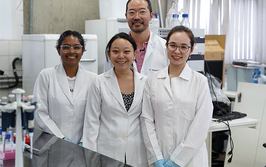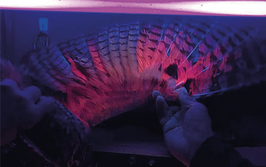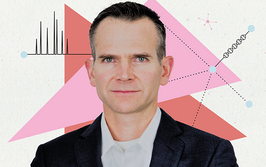COtoo Warm?
Optical spectroscopy uncovers increased carbon dioxide emissions on the Alaskan tundra
Temperatures in the Arctic have been rising at twice the rate of the global increase, especially in winter (1) – something that may be affecting carbon dioxide emissions and negatively affecting local ecosystems.
As part of the Carbon Arctic Reservoir Vulnerability Experiment (CARVE), a team of measurement, satellite and modeling specialists have spent three years measuring the regional carbon flux from the ecosystems in the Arctic that may be stressed as a result of climate warming. “Most studies in Alaska so far have focused on small areas – and even that is difficult to do in the harsh arctic conditions,” says Róisín Commane, lead author and Research Associate at Harvard School of Engineering and Applied Sciences. “But as well as allowing us to assess the impact of climate change on the Arctic, understanding the regional effects of these increasing temperatures is very important for making accurate predictions.”
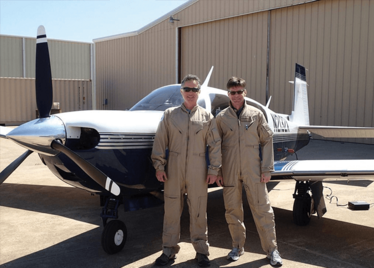
Colm Sweeney and Steve Conley with the Mooney.

Steve Wofsy, Bruce Daube and Róisín Commane with the DC8.
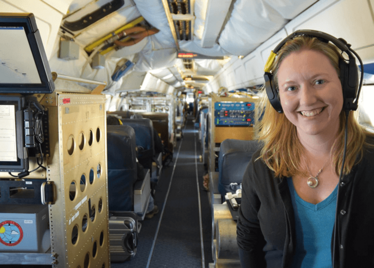
Róisín Commane on the DC8 during ATom.
The team used two cavity ring-down spectrometers (CRDS) from Picarro on board a NASA aircraft to sample and measure CO2 and methane concentrations to calculate regional flux. They also studied the National Oceanic and Atmospheric Administration’s 41-year record of carbon dioxide measured from ground towers in Barrow, Alaska. The outcome? Emission of greenhouse gases from these areas has increased by 70 percent in the last 40 years – implying that rising temperatures are driving early winter respiration and thus making Arctic ecosystems a net source of CO2.
Commane continues to focus on understanding more about the drivers of carbon dioxide flux in the Arctic. “For some analysis work, we’re looking at using 14CO2 isotopes to age the air coming from the tundra in the fall. We’re also looking at how changes in hydrology might be driving those increases in CO2 that do not have a matching increase in methane over the same time period,” she says.
Commane is also involved in two other missions with similar goals. The first – ABoVE (The Arctic-Boreal Vulnerability Experiment), a NASA project – will involve flying over Canada and Alaska this summer. “We’re following a similar approach to CARVE but for this project we have put one of the CRDS instruments in the back of a two-seater Mooney aircraft. My colleagues Steve Conley and Colm Sweeney will fly constant profiles over Alaska and Northern Canada six times between now and the end of October, so we can calculate the carbon fluxes over this larger area.”
The second airborne project – called ATom (Atmospheric Tomography) – will measure the composition of the remote atmosphere aboard a NASA DC8 aircraft. “For ATom we’re measuring over 300 gas concentrations and aerosol characteristics,” she says. “This aircraft is a lot larger than either the Sherpa we used for CARVE or the Mooney being used for ABoVE, so we have more instrumentation and people aboard. We’ve traveled around the world twice on this project so far and have two more trips to go – so my next year will be pretty busy!”
- R Commane et al., “Carbon dioxide sources from Alaska driven by increasing early winter respiration from Arctic tundra”, PNAS, 114, 5361-5366 (2017).
A former library manager and storyteller, I have wanted to write for magazines since I was six years old, when I used to make my own out of foolscap paper and sellotape and distribute them to my family. Since getting my MSc in Publishing, I’ve worked as a freelance writer and content creator for both digital and print, writing on subjects such as fashion, food, tourism, photography – and the history of Roman toilets.
